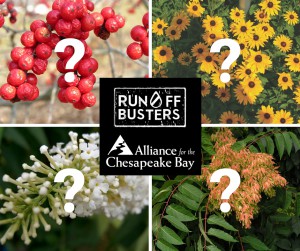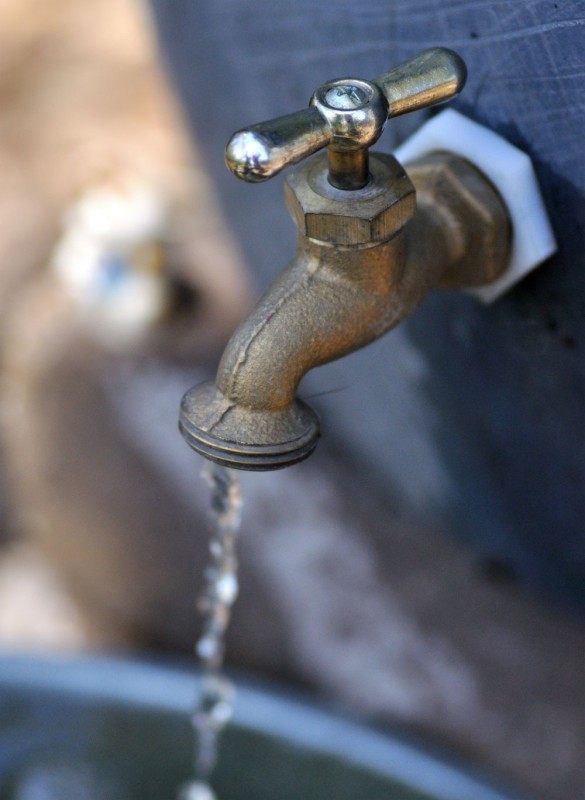Test Your Chesapeake Bay Native Plant Smarts
 It’s normal to see a wide variety of plants in your yard.
It’s normal to see a wide variety of plants in your yard.
But have you looked closely? There may be some trespassers looking to cause trouble for your landscape. There pernicious plants are non-native invasive species.
Can you spot the difference?
Now it’s time to show us your smarts! Think you can spot which plant is the Chesapeake Bay region native plant, and which one is the imposter?
Take our BuzzFeed quiz here and find out!
Here are a few hints:
- Did you know that even if a plant seems to be growing
wild in your yard, that does not mean it is native? It’s true! Familiar plants such as English Ivy and periwinkle can be suspect. These plants are often accidentally introduced to new locations outside of their typical ranges. - But how to spot native versus non-native? Non-native plants grown rapidly, dominate the yard, or have large seed heads or lots of berries. Non-native invasive plants can negatively impact your yard and contribute to stormwater runoff. Non-native invasives have relatively shallow root systems which can lead to changes in the chemistry and rate of erosion of your soil. More pollutants running off your yard means more trouble for local waterways and the Chesapeake Bay.
- The solution is native plants. Although definitions vary, we’ll consider plants naturally present in this area since about the 17th or 18th century to be native species. These are the flowers, trees, shrubs or grasses that you would see on a walk through the forest or meadow near where you live.
